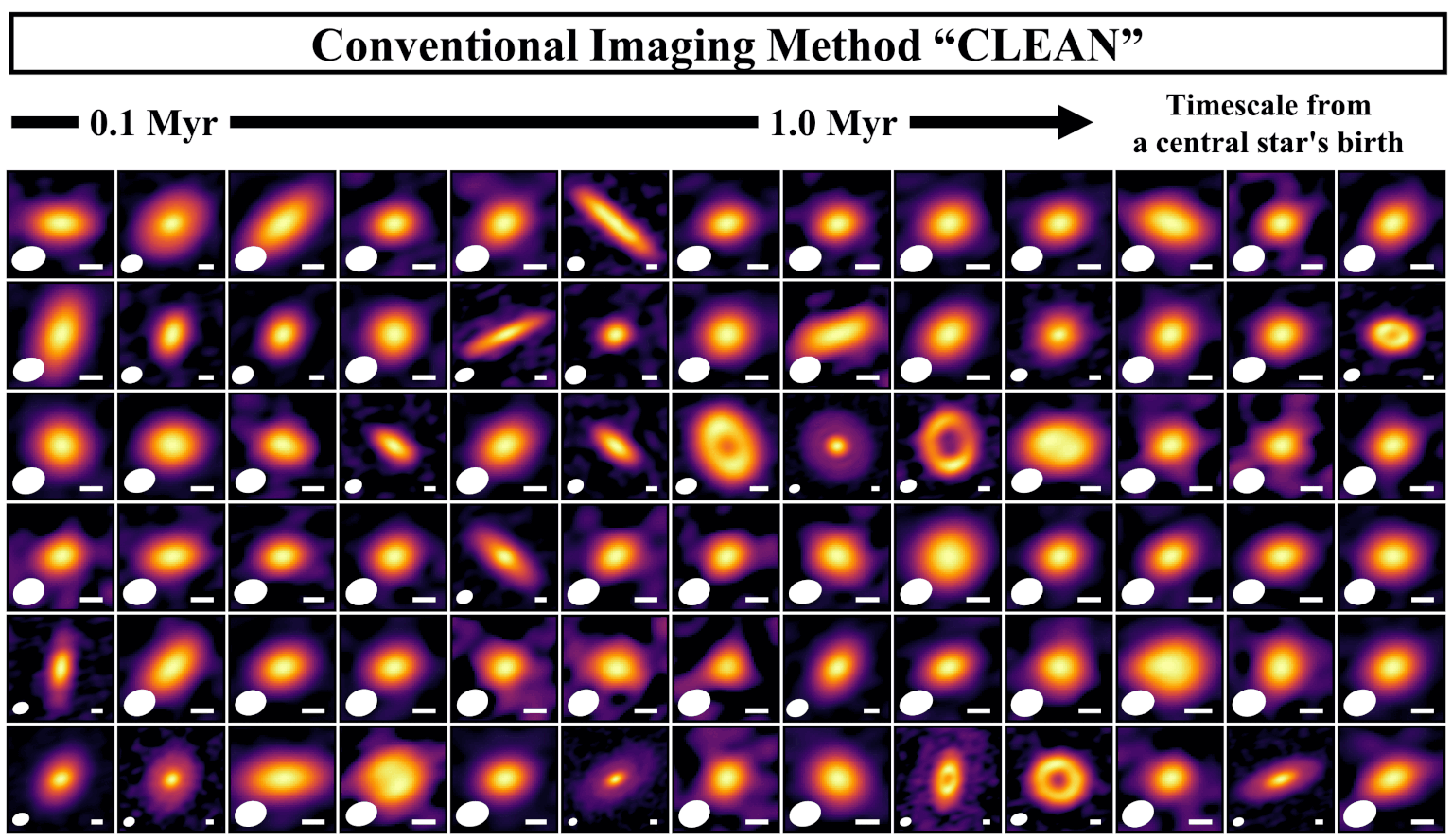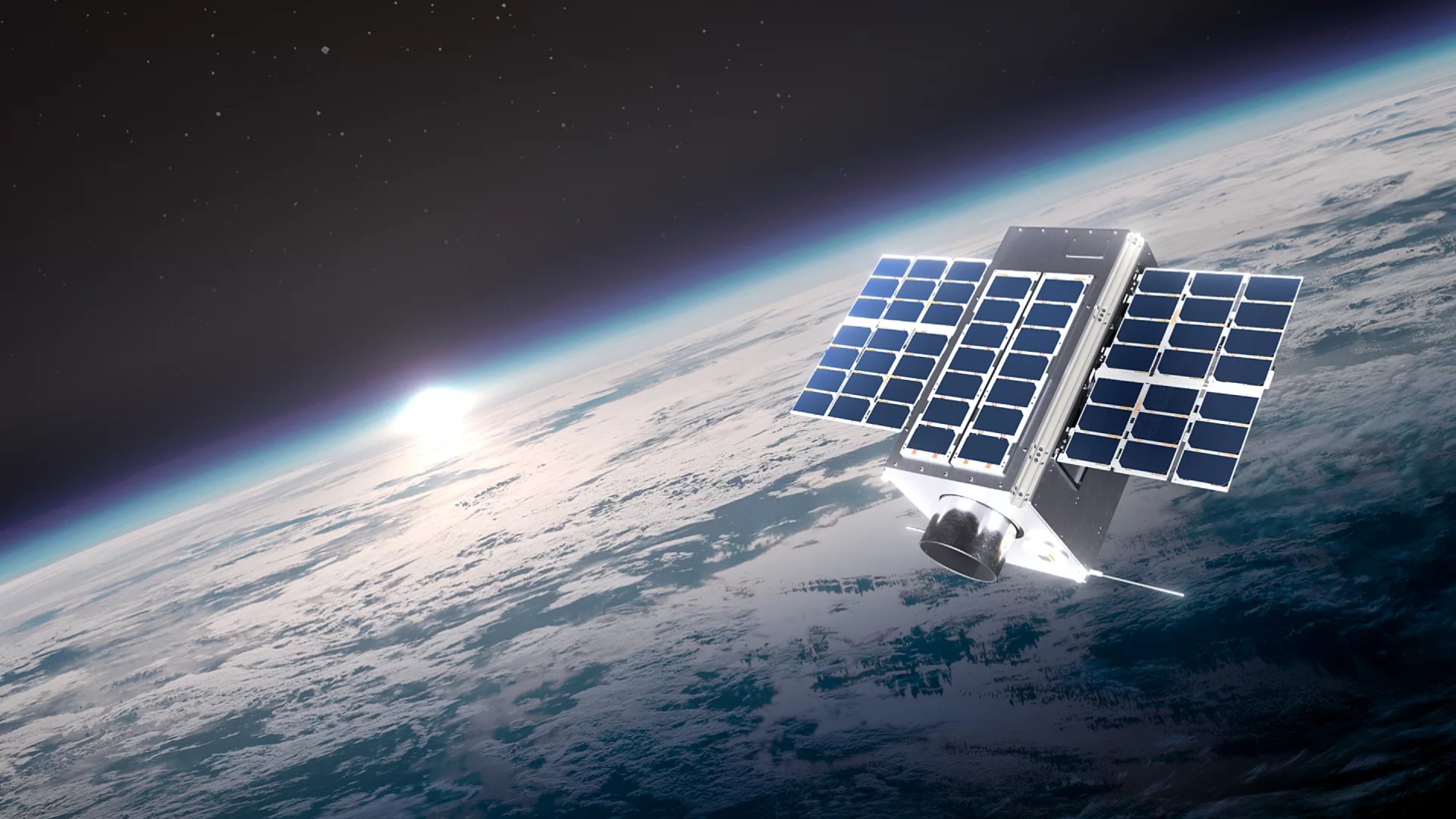Is life widespread throughout the cosmos? Complex organic molecules found in planet-birthing disk
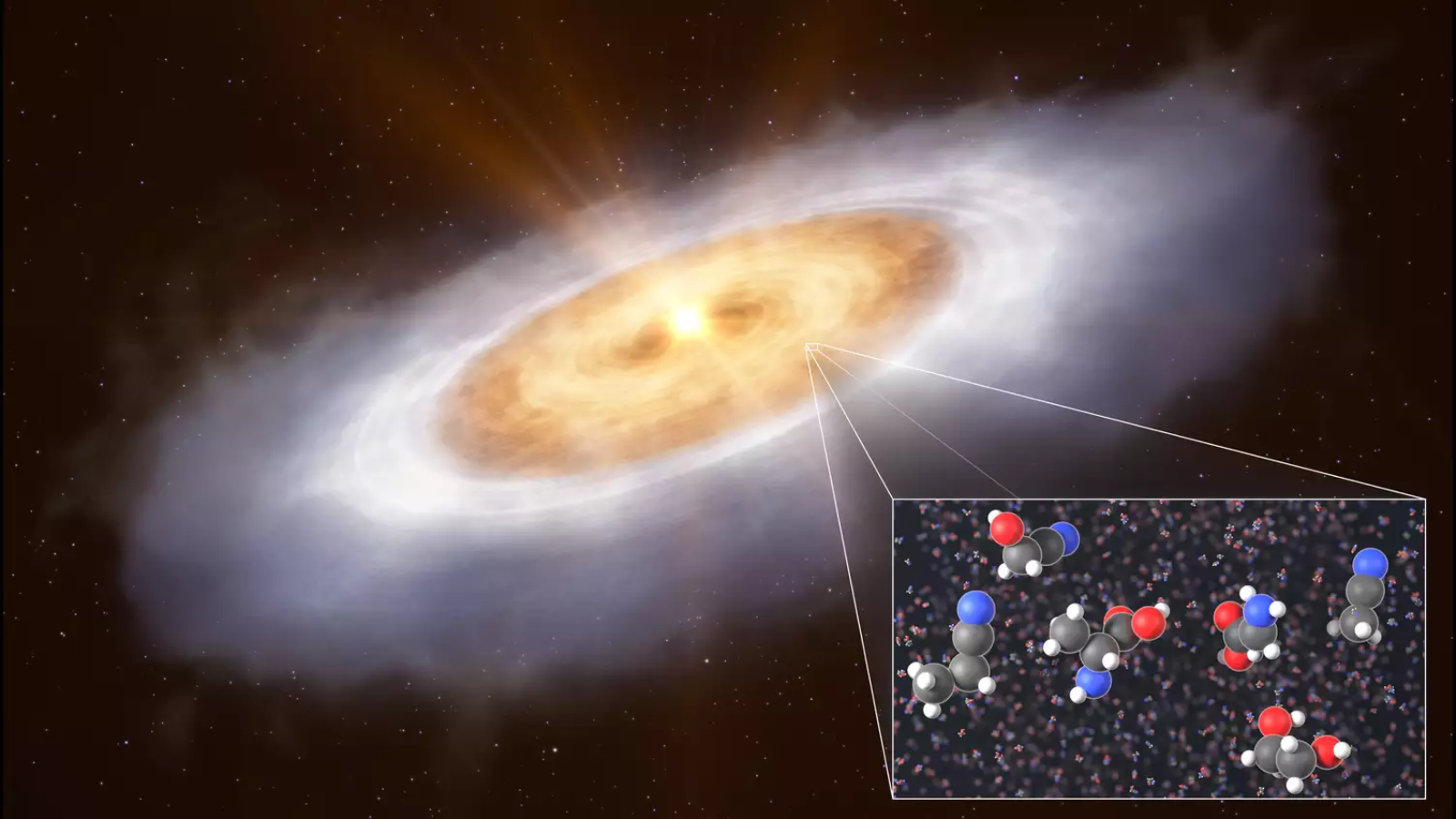
Astronomers have detected signs of complex organic molecules, the precursors to the building blocks of life as we know it, in a planet-forming disk around a distant star. The findings imply that the chemical seeds of life are constructed in space and are then spread to young or newly forming planets.
Using the Atacama Large Millimeter/ submillimeter Array (ALMA), a system of radio telescopes in Chile, the team detected traces of 17 complex organic molecules in the protoplanetary disc of V883 Orionis, a young star located around 1,305 light-years away in the constellation of Orion.
V883 Orionis is an infant star, or protostar, that is estimated to be just 500,000 years old, and it's in the active phase of gathering mass and forming planets. If 0.5 million years old seems ancient, consider that our middle-aged sun is about 4.6 billion years old.
Complex organic molecules are molecules that have more than five atoms, at least one of which is carbon. They have been seen around sites of star and planet formation previously.
However, the compounds discovered around V883 Orionis include the first tentative detections of ethylene glycol and glycolonitrile, compounds that are considered precursors to the building blocks of life. For instance, glycolonitrile is a precursor of the amino acids glycine and alanine, as well as the nucleobase adenine, one of the building blocks of DNA and RNA.
The find could therefore provide a missing link in the story of the evolution of molecules around young stars, accounting for the period between the initial formation of stars and the growth of planets in their surrounding protoplanetary disks.
"Our finding points to a straight line of chemical enrichment and increasing complexity between interstellar clouds and fully evolved planetary systems," team leader Abubakar Fadul, a scientists at the Max Planck Institute for Astronomy (MPIA) in Germany, said in a statement.
Breaking space news, the latest updates on rocket launches, skywatching events and more!
A cosmic chemical assembly line
Stars start life when overdense clumps in vast clouds of interstellar gas and dust collapse under their own gravity. This creates a protostar that continues to gather matter from its natal envelope until it has sufficient mass to trigger the fusion of hydrogen to helium in its core. That's the nuclear process that defines what a main-sequence star is.
As this proceeds, material around the budding star flattens out into a swirling donut of gas and dust called a protoplanetary disk, from which planets will eventually emerge.
The transition from protostar to a young main-sequence star is a violent one, replete with intense radiation, shocked gas, and gas being ejected from the protoplanetary disk. This is thought to be deleterious to the continued existence of complex chemicals built during earlier stages of the protostar's existence.
This has led to the development of a so-called "reset scenario" that sees the chemicals needed for life forming at later stages in the existence of the protoplanetary disk, as planets, asteroids, and comets are formed.
However, the new discovery suggests that this reset scenario is unnecessary.
"Now it appears the opposite is true," said team member and MPIA scientist Kamber Schwarz. "Our results suggest that protoplanetary disks inherit complex molecules from earlier stages, and the formation of complex molecules can continue during the protoplanetary disk stage."
The team theorizes that the period between the energetic protostellar phase and the establishment of a protoplanetary disk would be too brief for complex organic molecules to form in detectable amounts. The upshot of this is that the conditions that predefine biological processes may not be restricted to individual planetary systems, but may be more widespread.
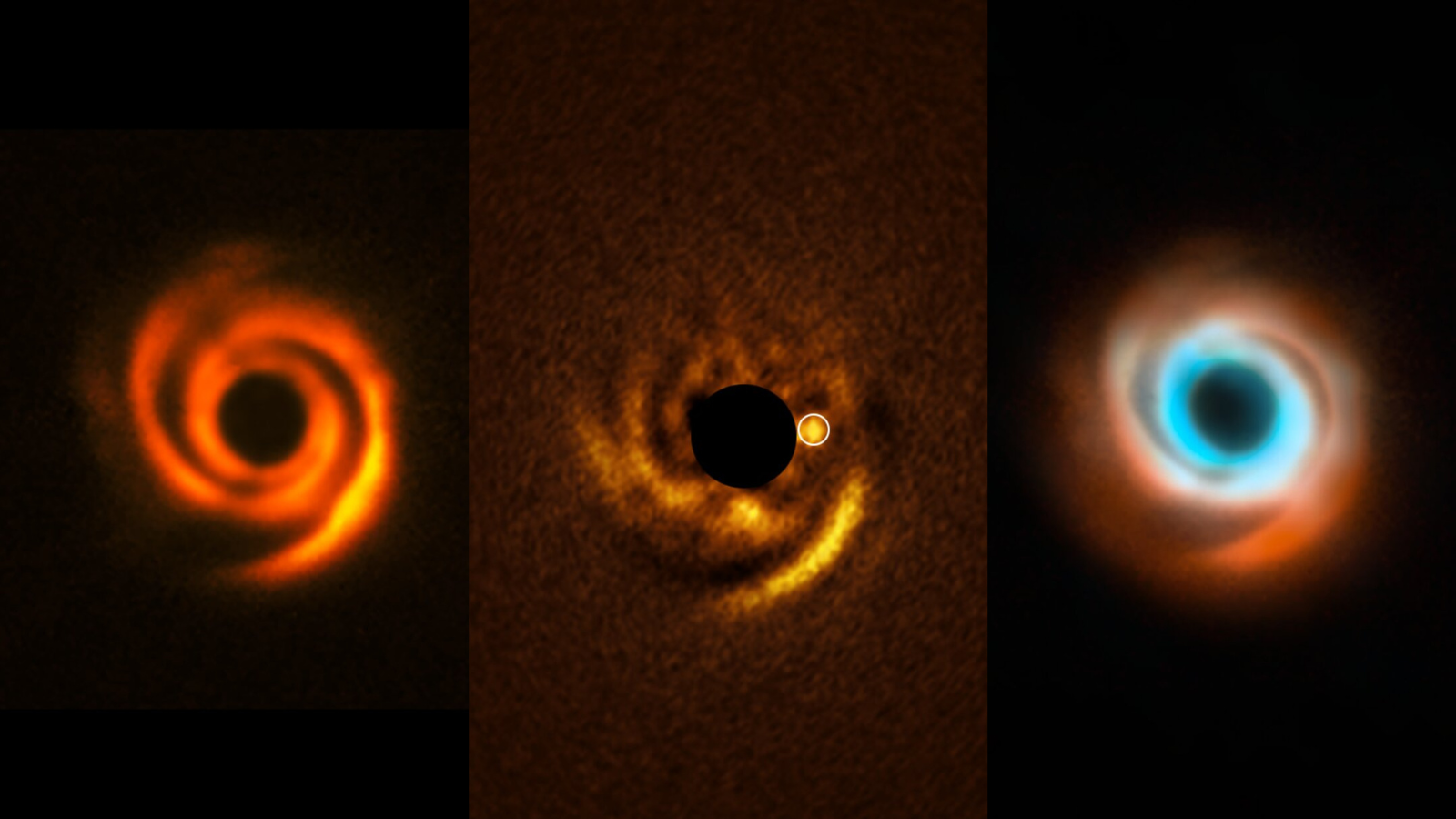
Because the chemical reactions that create complex organic molecules proceed better in colder conditions, they could occur in icy dust that later gathers to form large bodies.
That means these molecules could remain hidden in dust, rock and ice in young planetary systems, only accessible when heating by the central star warms those materials.
This is something seen in our own solar system when comets from the outer region of our planetary system pass close to the sun, creating cometary tails and halos called comas.
Though V883 Orionis hasn't yet reached the mass needed to achieve nuclear fusion, there is a heating mechanism available in this young system for a similar thawing to occur: When material falls to the star, facilitating its growth, bursts of intense radiation are triggered.
"These outbursts are strong enough to heat the surrounding disk as far as otherwise icy environments, releasing the chemicals we have detected," said Fadul.
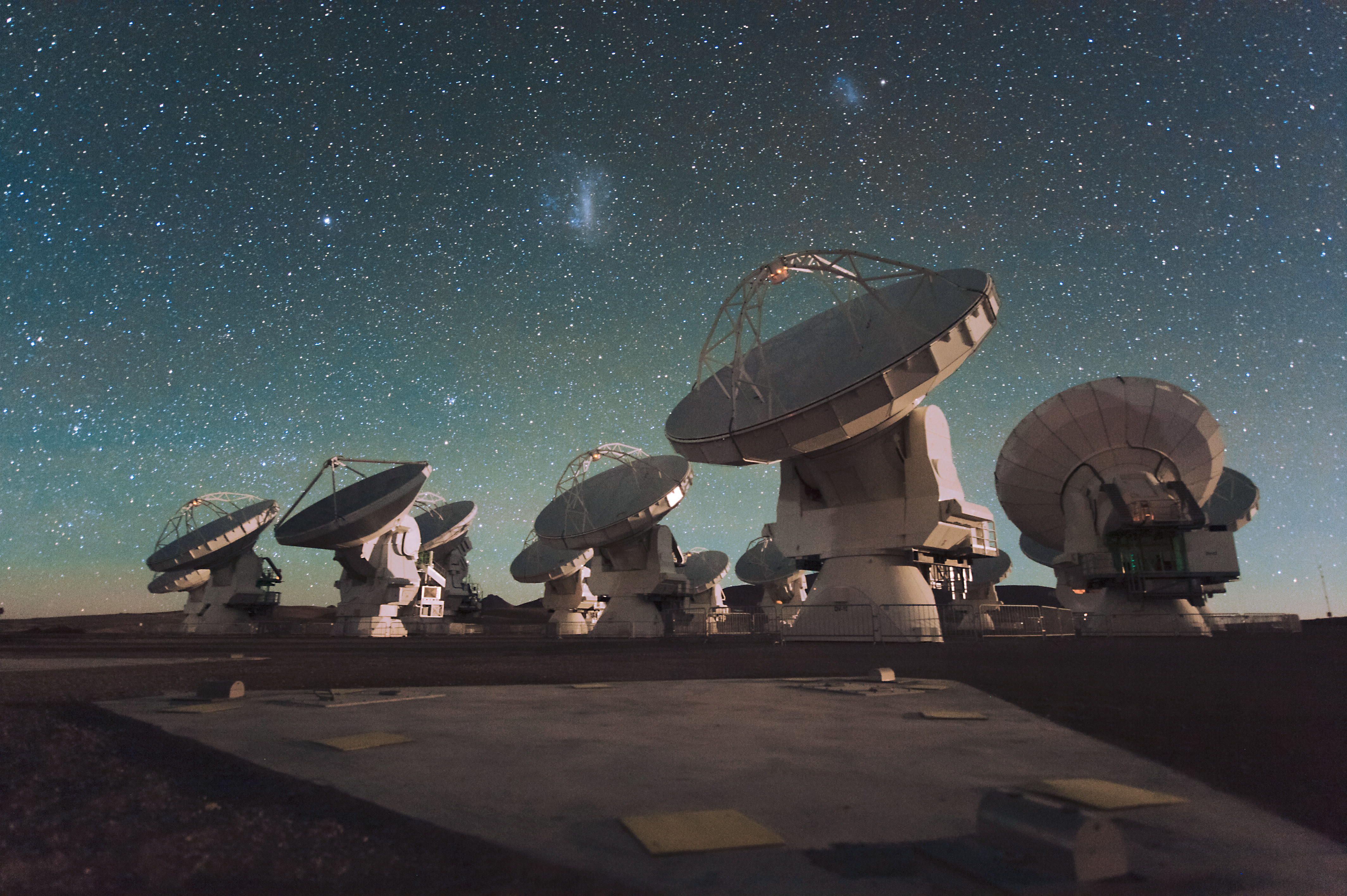
It's fitting that ALMA, an array of 66 radio telescopes located in the Atacama Desert region of northern Chile, has been integral to probing deeper into the disk around V883 Orionis. It was this array, after all, that first discovered the water snow line in the disk of V883 Orionis back in 2016.
"While this result is exciting, we still haven't disentangled all the signatures we found in our spectra," Schwarz said. "Higher resolution data will confirm the detections of ethylene glycol and glycolonitril and maybe even reveal more complex chemicals we simply haven't identified yet."
Fadul suggested that astronomers need to look at light from stars like V883 Orionis and its protoplanetary disk in other wavelengths of the electromagnetic spectrum to find even more evolved molecules.
"Who knows what else we might discover?" Fadul concluded.
The team's research is available as a preprint on the paper repository arXiv.

Robert Lea is a science journalist in the U.K. whose articles have been published in Physics World, New Scientist, Astronomy Magazine, All About Space, Newsweek and ZME Science. He also writes about science communication for Elsevier and the European Journal of Physics. Rob holds a bachelor of science degree in physics and astronomy from the U.K.’s Open University. Follow him on Twitter @sciencef1rst.
You must confirm your public display name before commenting
Please logout and then login again, you will then be prompted to enter your display name.
